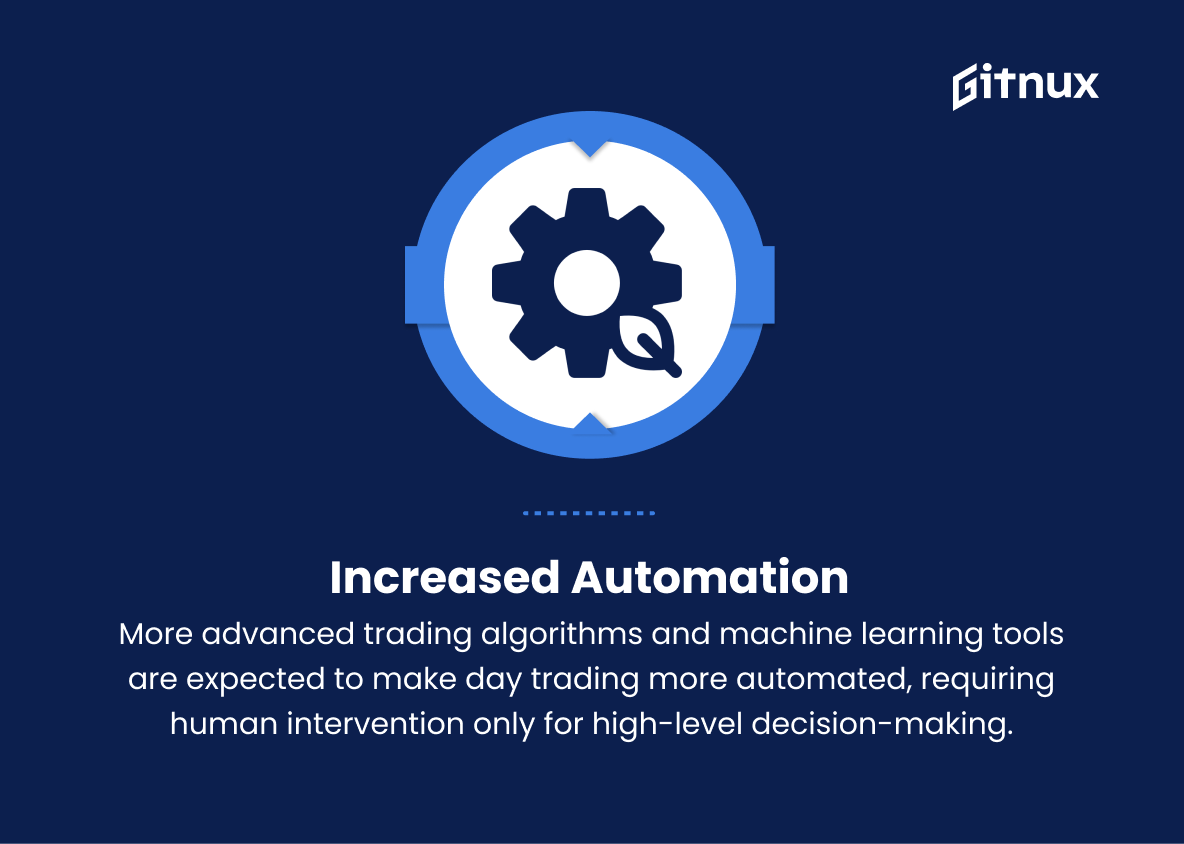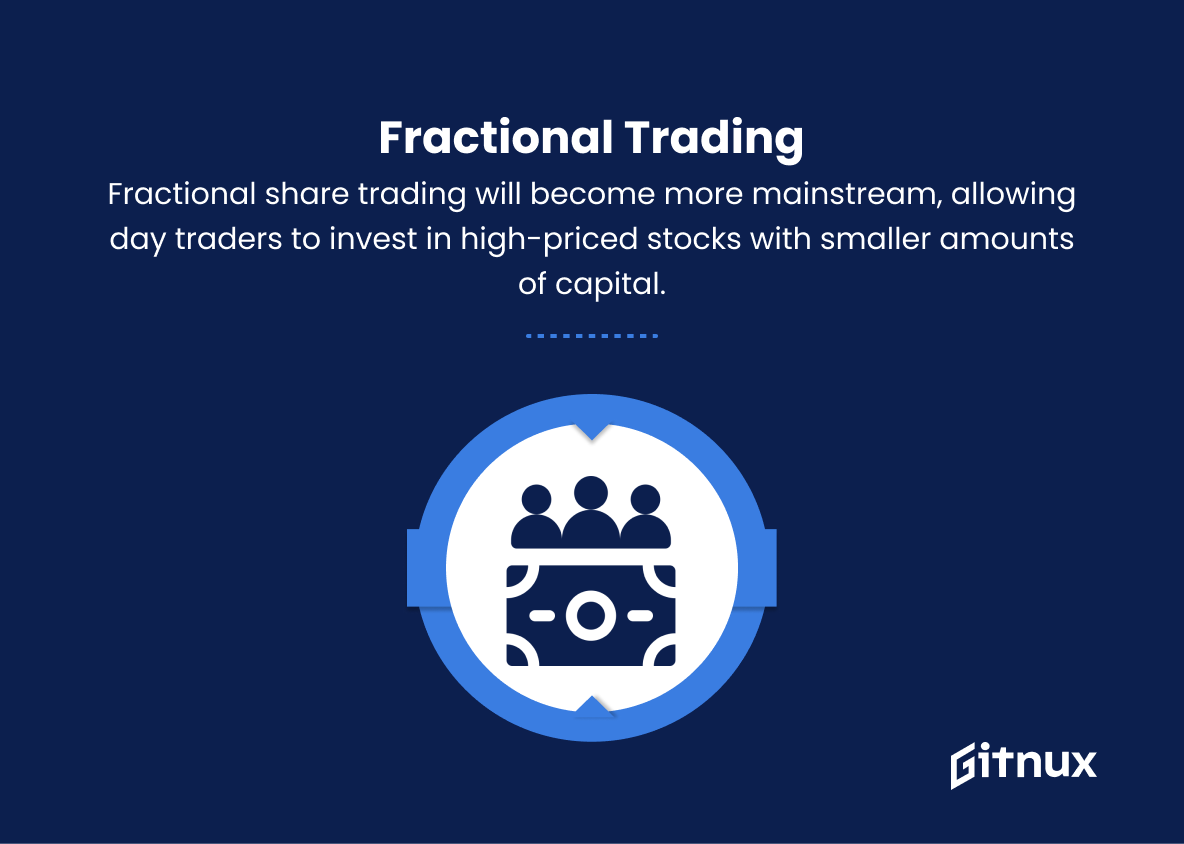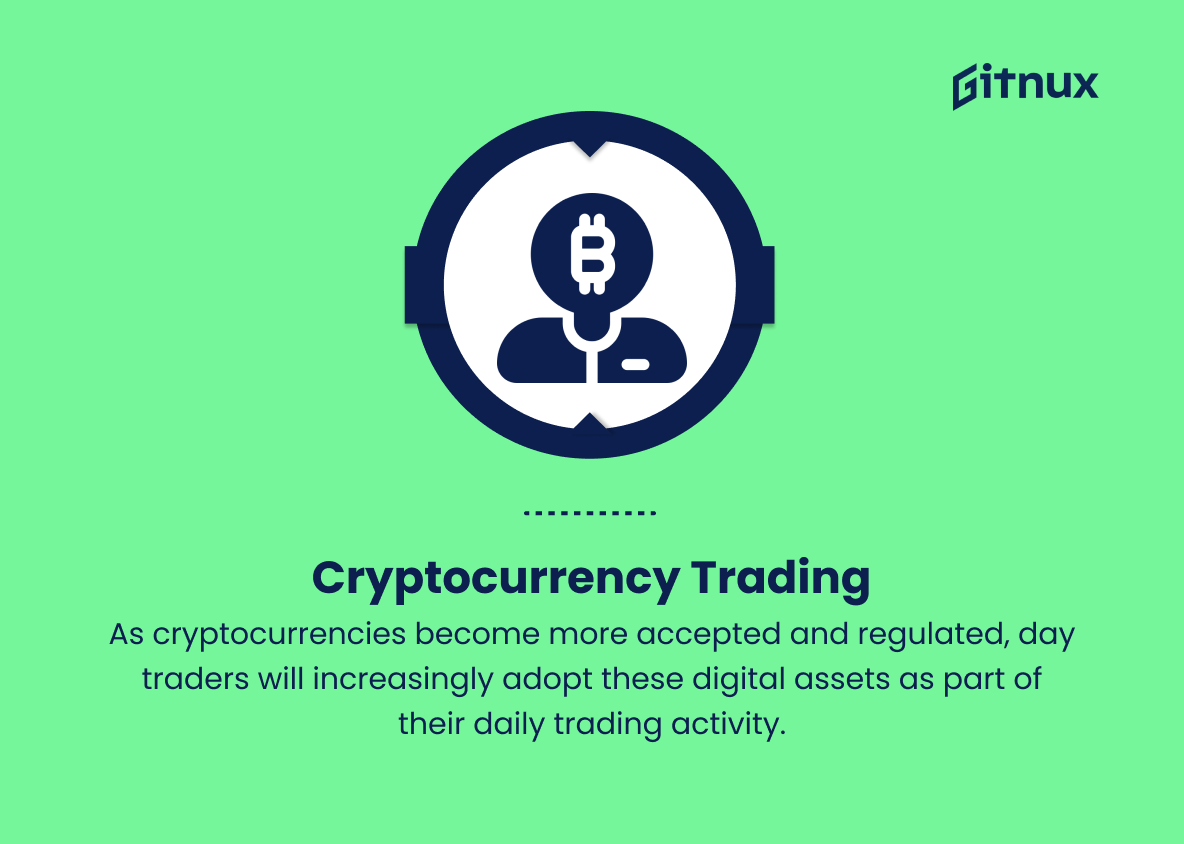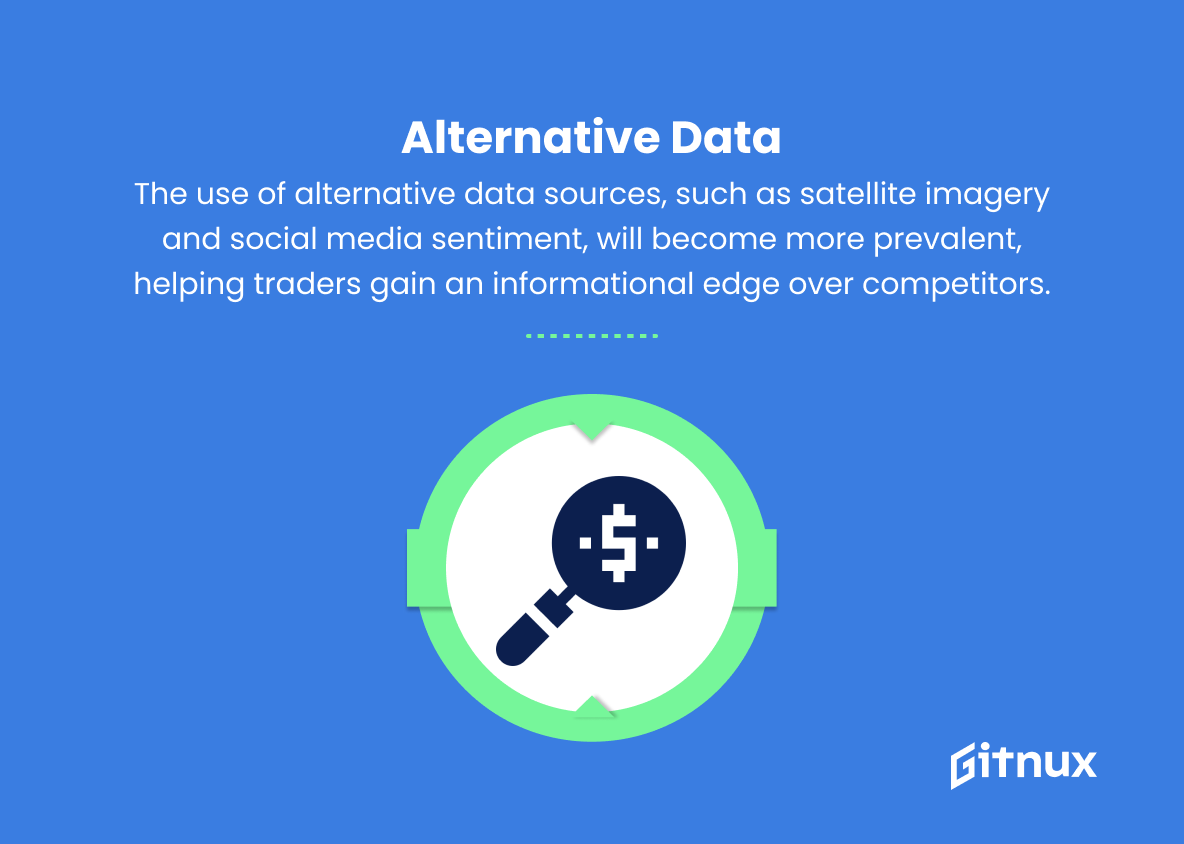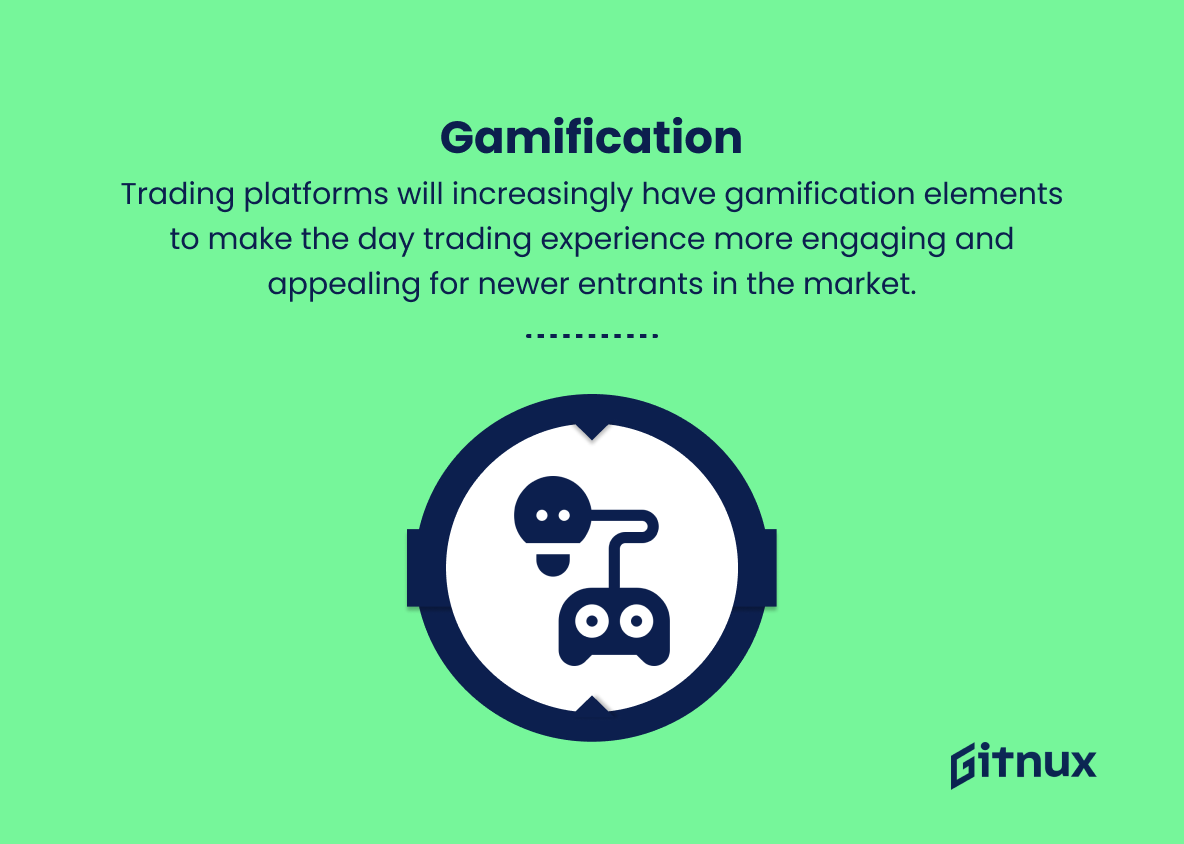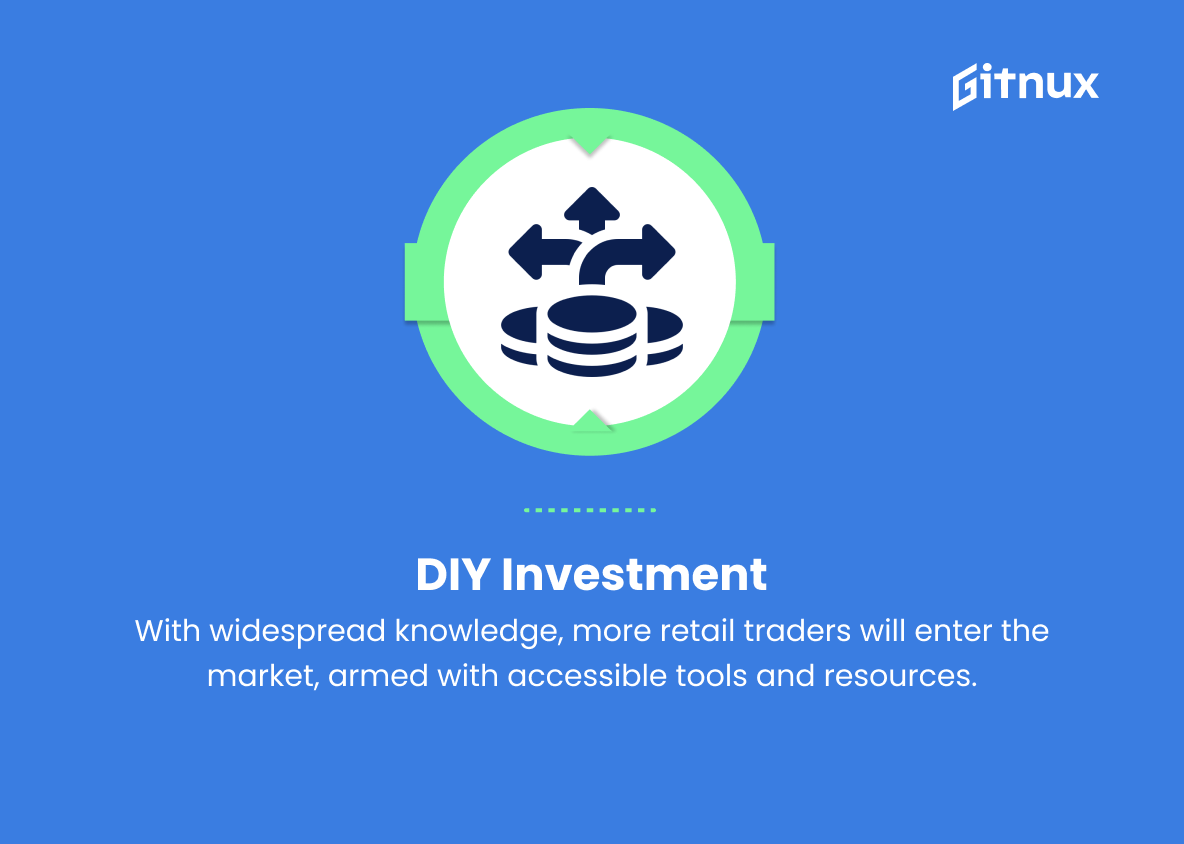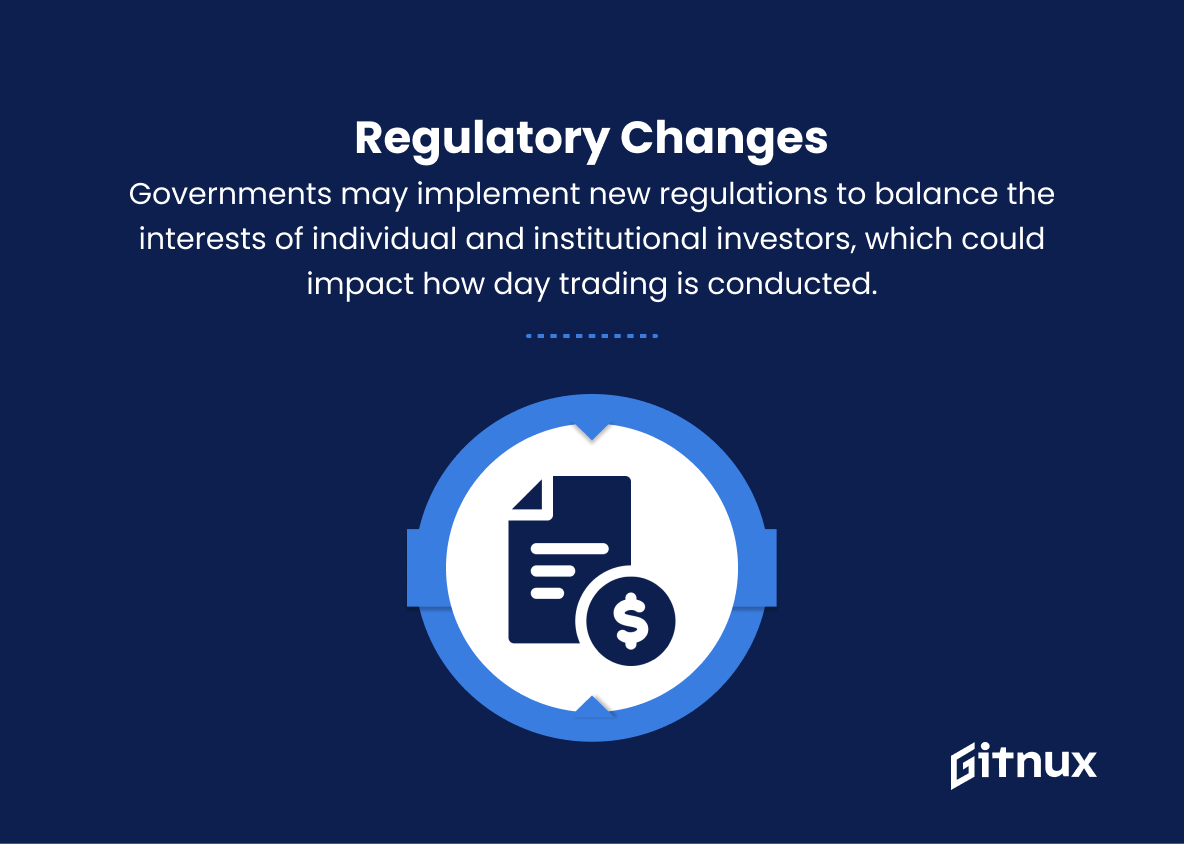In the fast-paced world of financial markets, day trading has emerged as the meeting point of cutting-edge technology, disciplined risk management, and unparalleled market expertise. This captivating arena promises a wealth of possibilities for the astute trader, but understanding the constantly shifting landscapes of global markets is pivotal to success. The rapidity and volatility of day trading trends can present a tantalizing challenge to those willing to test their mettle in this high-stakes game.
In this blog post, we delve into the ins and outs of day trading trends, unravelling the complexities of the modern-day trading experience and offering key insights into navigating these dynamic and often turbulent waters. So buckle up and get ready to explore the world where knowledge, skill, and timing collide, and learn how to harness the power of day trading trends to your advantage.
Top Day Trading Trends
As a futurist, I can identify several day trading trends that are likely to gain traction in the near future. While I cannot predict specific market movements, I can highlight some emerging technologies, investment products, and market strategies that could shape day trading in the coming years. Here are ten trends to watch:
1. Increased Automation
More advanced trading algorithms and machine learning tools are expected to make day trading more automated, requiring human intervention only for high-level decision-making.
2. Artificial Intelligence (AI) Integration
Day trading platforms will increasingly incorporate AI for real-time market analysis, pattern recognition, and predictive analytics to assist traders in their decision-making process.
3. Social Trading
The integration of social media and day trading will continue to grow, allowing traders to follow experienced professionals and replicate their moves in real time or collaborate with other traders to make better decisions.
4. Fractional Trading
Fractional share trading will become more mainstream, allowing day traders to invest in high-priced stocks with smaller amounts of capital.
5. Cryptocurrency Trading
As cryptocurrencies become more accepted and regulated, day traders will increasingly adopt these digital assets as part of their daily trading activity.
6. Alternative Data
The use of alternative data sources, such as satellite imagery and social media sentiment, will become more prevalent, helping traders gain an informational edge over competitors.
7. Access to Global Markets
Advances in trading platforms will make it easier for day traders to access and trade in multiple stock exchanges and asset classes around the world, allowing them to seek more diverse opportunities.
8. Gamification
Trading platforms will increasingly have gamification elements to make the day trading experience more engaging and appealing for newer entrants in the market.
9. DIY Investment
As knowledge about day trading and investing becomes more widespread, a growing number of retail traders will enter the market, empowered by easily accessible trading tools and resources.
10. Regulatory Changes
Governments may implement new regulations to balance the interests of individual and institutional investors, which could impact how day trading is conducted.
These trends are expected to shape the way people day trade in the future. However, please note that day trading inherently involves a high degree of risk, and these trends are not guaranteed to develop as expected.
Always do thorough research and consult with a professional financial advisor before engaging in any trading activities.
Implications
As a futurist, I foresee that day trading will undergo significant transformations with the integration of advanced technologies and evolving market strategies. These include increased automation, AI integration, and social trading that will enhance the trader’s decision-making process. The rise of fractional trading, cryptocurrency trading, alternative data sources, and access to global markets will provide additional opportunities for both seasoned and newcomer traders. As trading platforms incorporate gamification elements and become increasingly accessible, we can expect a surge in DIY investors entering the market.
However, it is vital to remain cautious, as regulatory changes may emerge to ensure a balance between individual and institutional interests, impacting the day trading landscape. Ultimately, these trends highlight the importance of staying informed and seeking professional guidance before undertaking any trading activities.
Conclusion
In conclusion, day trading is an intricate financial endeavour, requiring both skill and knowledge to navigate the ever-changing trends and complexities of the markets. Staying informed and updated on these trends is crucial to day trading success, whether through technical analysis, price action, or other ways of predicting market movements. As a day trader, constant learning, discipline, and a well-thought-out trading plan are essential in order to stand out among the multitude of participants in this exciting yet challenging world of financial investments.
Remember, the path to day trading mastery is paved with trials and errors, but staying focused and adaptive to market trends can potentially lead to lucrative rewards.
